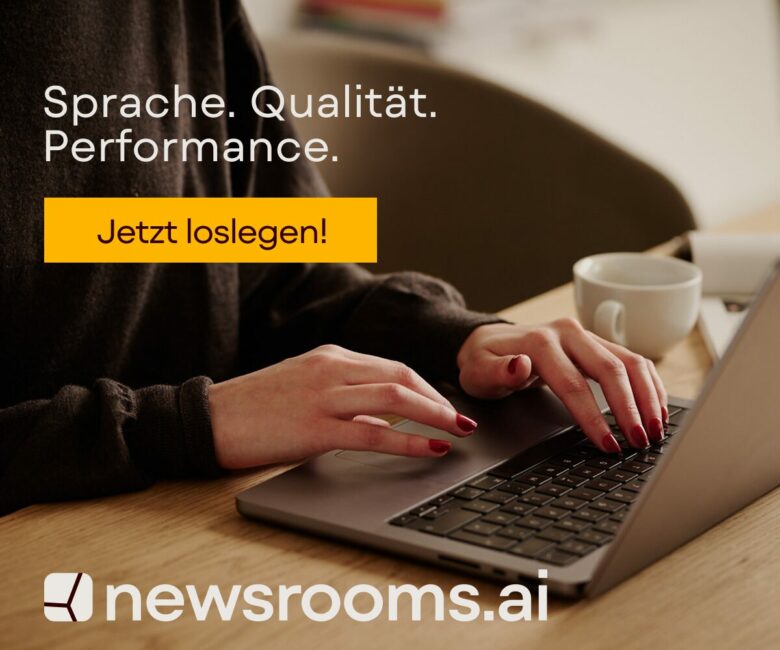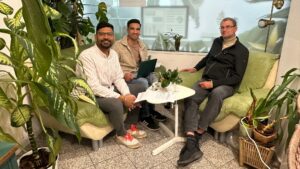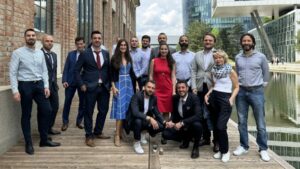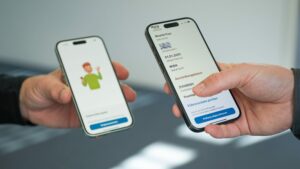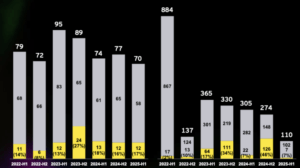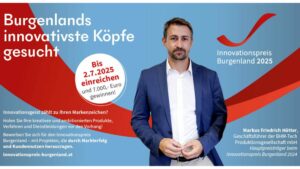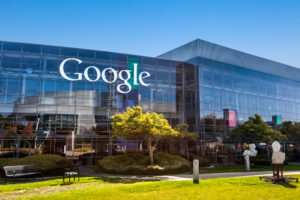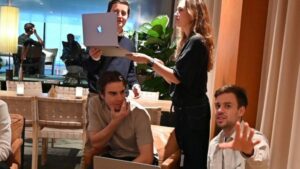Fast & Meaningful Innovation: Startup Methodologies That Corporates Could Give A Try
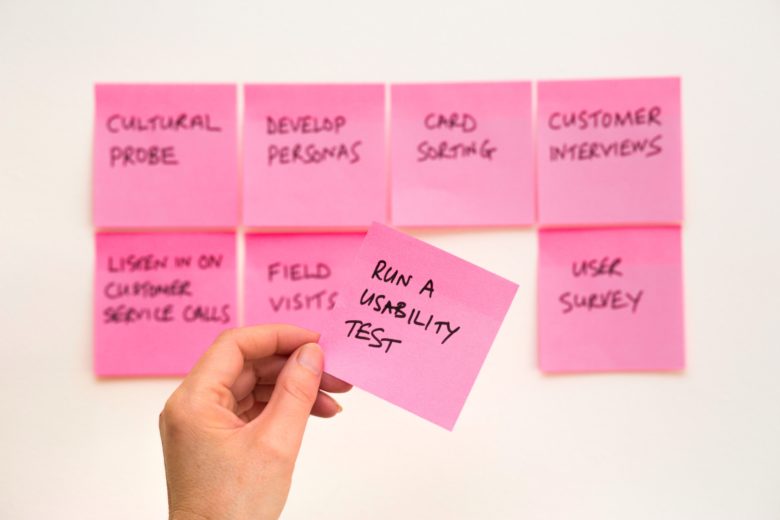
What makes a startup – startup? The size, the attitude, the venture funding, the scalability of the idea? Not really. Being lean a.k.a “creating something new under conditions of extreme uncertainty,” as the author of The Lean Startup, Eric Ries states it. Ries doesn’t talk about sizes and sectors of a company, but about structures, management and organization. Does it mean a corporation can apply startup rules in its game? Yes. It’s a matter of methodologies, resulting from the mindset and the desire to reinvent own structures and ways to be able to stand out on the market. And of course, defining the problem that needs to be solved in the first place.
The set of methodologies and frameworks a company, whether labeled as a startup, an SME or corporate, has chosen, and the way they are implemented is what determines the likelihood of an idea being realized fast and suitable for the customer. “The methodology is not an end in itself. It has particular purposes – to deliver new products and services faster and aligned best with what customers need, and get the results they want,” states Rene Tomova, co-founder of innovation agency Creative Shower.
“Nowadays, innovation is speeding up at an incredible pace. However, the “how” we deliver is the key. That’s when all these tools like Design Thinking and Scrum among others come to play. They help us to keep up with the fast pace of innovation and to improve the way we deliver it to the world,” confirms Andre Vasconcelos, who has been part of implementing these new ways of working of healthcare giant Roche
Methods for faster product development and test
Corporates tend to take their time to research everything when it comes to a new product or service and make sure it will be perfect the first time a customer is in touch with it. Startups don’t have this time. They develop scratchy prototypes, give them to potential customers, ask a lot, and improve on the go. While one of the first thoughts in a corporate environment is “risk of reputation damage”, in startups the motto is “fail fast and learn”.
Without going too much into detail, this is the difference between the linear way corporate structures plan and execute and the adaptable manner of entrepreneurs – waterfall vs. agile in a way.
“Usually a corporate needs, on average, depending on the sector of course, between 6 and 12 months for the market research that generates the target group, and then the conceptualization process begins,” says Jordan Petrov, co-founder of UX agency Kickglip and innovation consultant.
Petrov has worked with Helthxl, an international platform that brings together startups and corporates to co-innovate, and is currently a coach at SoInventure, Sopharma Trading intrapreneurship program. One example he gives is the vaping device IQOS, developed by Philip Morris. “It’s said that they have worked 3-4 years on this. And he also gives several practical examples of typical startup instruments, that are indeed based on the traditional scientific methods, but cut the time drastically, that he has used in his practice.
Design thinking & sprinting
In a nutshell, design thinking stands for creative problem solving. And there are countless tools and instruments that could be used depending on the situation and the need. Two things are crucial – a facilitator, who can help the group identify the right problem that needs to be solved and pick up the right tool to help it look for alternative solutions, and a defined time frame.
“One of the main instruments in the gaining popularity Design Thinking is time boxing – puting short deadlines to accelerate the innovation. The phase of defining the pilot and testing it happens in 3-4 weeks. That is fast enough to allow you to test something else quickly,” explains Petrov.
But wait, there’s even faster track. Design Sprint, an instrument that came out of the design thinking methodology, is a five-day process for answering critical business questions through empathy, design, prototyping, and testing ideas with customers. This time-constrained framework is meant to reduce the risks of failure when (re)launching a product or service to the market. It has a clear structure of what needs to be done each day of the five days ending with tests with real customers on the last one.
“Especially interesting for large organizations is the fact that design sprints can help them learn faster the methodologies and processes they need to innovate, and also can bring in a short amount of time bold and disruptive ideas on the table, rather than the low-risk incremental ideas corporate teams usually play with to stay safe. It is also a cheap and practical entryway into the innovation field and all that it offers,” says Tomova.
There is a common misconception about design thinking that it is only about design. In fact, Design Thinking shifts the focus from a pure technical solution to a human solution. It puts understanding context and the needs and problems of humans at the heart of the practice — for determining what problem to solve, what metrics drive success, and what business will emerge from solving the human problem.
Jobs-to-be-done
One of the methods used in Kickflip to test fast is the “jobs-to-be-done” framework – a methodology for interviewing, based on the philosophy that “users don’t buy products and services just because they want them, but rather rent them because they need them to achieve a certain goal of theirs.” This technique is contradictory to the rather traditional market research. With “jobs-to-be-done” the interviews are done either right after the customer has become a client, or has decided not to become one. It’s important to understand what the reason was.
One of the key benefits of these methods is the smaller sample. According to Petrov, to have valid results that allow defining the steps for the next 3-6 months, usually, 10 to 30 interviews are enough.
“The standard in corporates, on the other hand, especially in the CEE region, is to hire traditional market research agencies. The main difference is that in market research are used scientific qualitative and quantitative research methods used to research the behavior of customers or to define target groups. As a next step, the data is transferred as a brief to other agencies responsible for communications, PR and ad strategies,” explains Petrov who has also worked in this domain.
Methods for setting up the right environment
Such startup-world methodologies might come in handy when innovating as a corporate. Yet, there’s one more step that needs to be taken – the mindset within a corporation, leaving some space for innovation and thinking out of the box, and dedicating resources to these processes. And not least, not being scared of failure and reputation damage, as the fast-track tools are designed to state it’s an experiment and set the customers’ expectations.
Daily Standups
“Bringing the experimental mindset to the business together with ensuring that we have the right balance of empowerment and accountability with trust and collaboration at the level it needs to be, is the foundation for starting to implement these new ways of working,” says Andre Vasconcelos of Roche.
One of his favorite tools is taken from the scrum methodology (used mostly in software development) – the daily standups. According to him, this tool nourishes a healthy communication environment within the small empowered team model, but also accelerate the learning curve of each team member. These meetings are not aimed at reporting status of projects, to discuss needed collaboration or identify issues before they become too problematic. “It is so effective in breaking down communication barriers, problem-solving, pace-setting and giving a general overview where every team member is throughout task implementation steps,” says Vasconcelos.
OKRs: Setting objectives and key results and let employees decide
On a more systematic level there is also a methodology called OKR. The OKR (objective and key results) is a goal system used by Google and other well known global tech giants, and is basically a simple tool to create alignment and engagement around measurable goals. Here it’s not about the top-down predefined steps towards a goal, but about setting a goal, and letting employees and teams decide how to approach it.
“One key advantage of using OKRs in product development is that it accelerates the engagement and empowerment of autonomous teams via improved alignment. Shared company-wide strategic focus essentially provides specificity of critical parameters, so that product development teams can build things that matter,” tells us Radoslav Georgiev, CTO of GTMhub, a Bulgarian startup that develops a management software based on the methodology.
According to him, this methodology shifts conversations away from a focus on the granularity of features and towards the customer impact the teams are trying to achieve. “OKRs bring strategic priorities into everyday conversation, helping people make better decisions on choosing the most relevant daily. Shipping the roadmap should not be the foundation upon which our teams celebrate; instead, we focus on identifying and achieving our goals,” explains Georgiev.
Some by-products of design thinking
“One thing that is usually overlooked is the by product of design thinking methodology for corporations, apart from created better products, services and experiences, is a shift in the mindset of people who got engaged to becoming more optimistic, having greater creative confidence and learning to make fast decisions, validate them and move on. And this by product is the fundamental of your innovation culture,” explains Rene Tomova.
The importance of bottom up
Just dropping the word agile in meetings, and doing sporadic workshops on design thinking, might not be an answer to faster and meaningful innovation. Setting up an innovation team that is responsible to pick up good employees’ ideas and dedicate resources for their development and testing is another thing. Internal innovation programs like the one of Sopharme and Eleven Ventures, rules like 20% time for side projects that add value to the company (a famous example of how Gmail was once born), or just giving employees a “vacation” to go and work with entrepreneurs, are just some examples of how a structural shift could boost the innovation mindset.
The OKRs paradigm blends top down and bottom up inputs so that employees are empowered to define what they are doing to achieve the strategy and the process easily tailored to company size and industry. This also needs a certain structure and requirements: high-level executive buy-in and an OKR champion, who’s responsible to shepherd the OKR process throughout the organization – both via initial implementation and ongoing cadence management.



